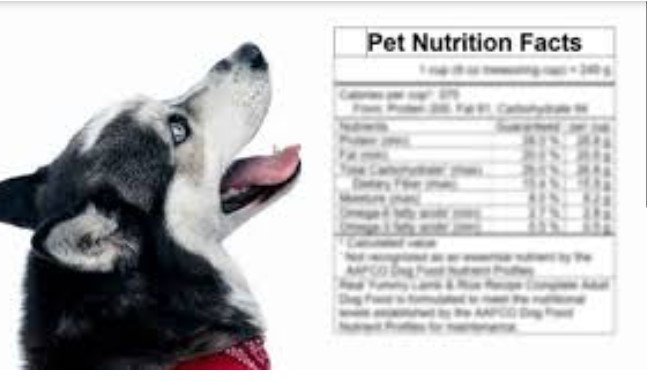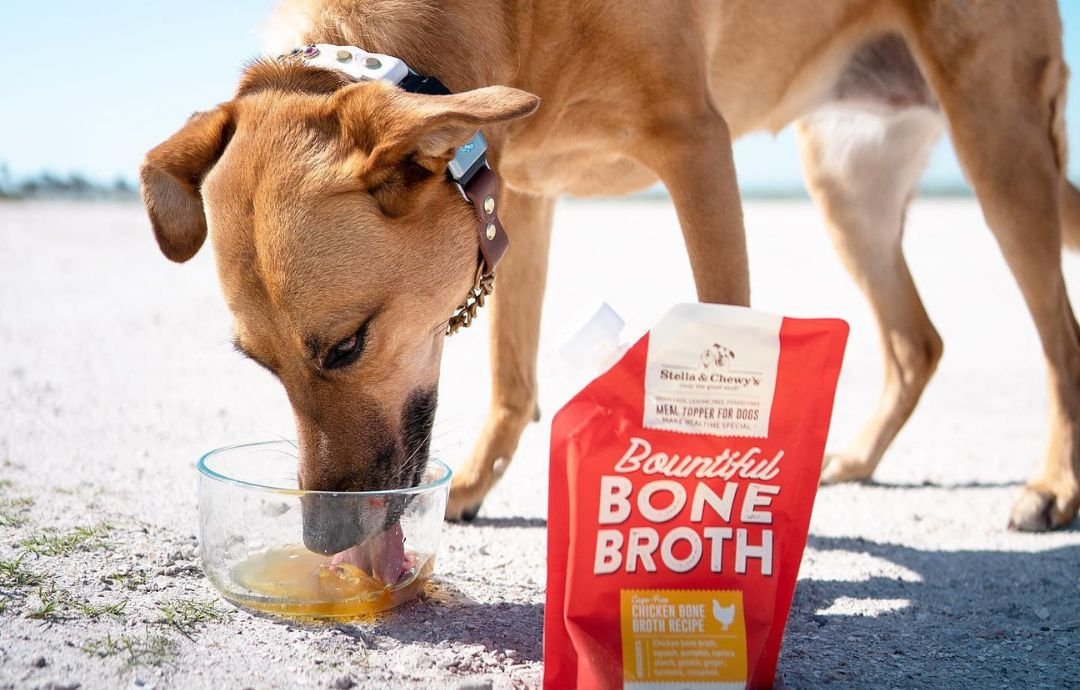Choosing the right dog food can be overwhelming with so many options available. One of the best ways to make an informed decision is by understanding dog food labels. The label provides important information about the ingredients, nutritional value, and overall quality of the food your dog will eat. By knowing what to look for, you can ensure your pet is getting the best nutrition possible. In this post, we’ll break down the key elements of dog food labels to help you make a better choice.

The Ingredient List: What’s Really Inside
The ingredient list is one of the most important parts of a dog food label. It shows you exactly what’s in the food, and ingredients are listed in order of weight, from the heaviest to the lightest. Pay close attention to the first few ingredients, as these make up the majority of the food.
1. Animal Protein: The first ingredient should be a high-quality animal protein, such as chicken, beef, lamb, or fish. Dogs are carnivores, so they need protein to build and maintain strong muscles. Avoid generic terms like “meat” or “poultry,” as these can be vague and less specific about the source.
2. Whole Grains and Vegetables: Whole grains like brown rice, oats, and barley provide necessary carbohydrates and fiber, which help with digestion and energy. Vegetables like sweet potatoes, carrots, and peas offer vitamins, minerals, and antioxidants that contribute to your dog’s overall health.
3. Fats and Oils: Healthy fats, such as chicken fat or fish oil, are vital for skin and coat health, as well as energy. Look for natural sources of fat rather than low-quality fillers.
Look for AAFCO Statement of Nutritional Adequacy
The Association of American Feed Control Officials (AAFCO) sets nutritional standards for pet food. Look for a statement on the label that reads, “This food is formulated to meet the nutritional levels established by the AAFCO Dog Food Nutrient Profiles.” This ensures that the food meets your dog’s basic nutritional needs, including essential vitamins and minerals.
Some labels may also mention whether the food is suitable for puppies, adult dogs, or senior dogs. Make sure the food you choose is appropriate for your dog’s life stage to ensure they’re getting the right nutrients.
Understand Guaranteed Analysis
The guaranteed analysis section provides a breakdown of the food’s nutrient content, including:
- Crude Protein: The minimum percentage of protein in the food. Protein is essential for your dog’s muscle growth, immune system, and overall health.
- Crude Fat: The minimum percentage of fat, which provides energy and supports coat and skin health.
- Crude Fiber: This indicates the fiber content, which aids in digestion and helps maintain healthy stools.
- Moisture: The percentage of water content in the food, which is particularly important in wet food options.
Ensure the protein and fat percentages are appropriate for your dog’s age, breed, and activity level. Puppies and active dogs generally need more protein and fat than senior or less active dogs.
Avoid Fillers and By-products
When examining a dog food label, be cautious of fillers and by-products. Fillers like corn, soy, and wheat are used to bulk up the food but offer little nutritional value. While not necessarily harmful in small amounts, these ingredients are less digestible and don’t provide the high-quality nutrients your dog needs.
By-products, such as “meat by-products” or “poultry by-products,” are also lower-quality ingredients. They can include parts of the animal that are less desirable, like organs, bones, and beaks. While by-products aren’t inherently dangerous, they don’t provide the same level of nutrition as whole, named meats.
Be Wary of Artificial Additives
Many commercial dog foods contain artificial colors, flavors, and preservatives to improve the food’s appearance and shelf life. These additives aren’t necessary for your dog’s health and can sometimes lead to allergies or digestive issues. Look for dog food that uses natural preservatives like mixed tocopherols (vitamin E) and avoids artificial chemicals like BHA, BHT, and ethoxyquin.
Conclusion
Understanding dog food labels helps you make more informed decisions about your pet’s diet. Look for high-quality animal proteins as the primary ingredients, and choose foods that meet AAFCO nutritional standards. Be mindful of fillers, by-products, and artificial additives, and ensure the food is tailored to your dog’s age, activity level, and health needs. By taking the time to understand dog food labels, you can provide your dog with the best nutrition possible for a long, healthy life.











